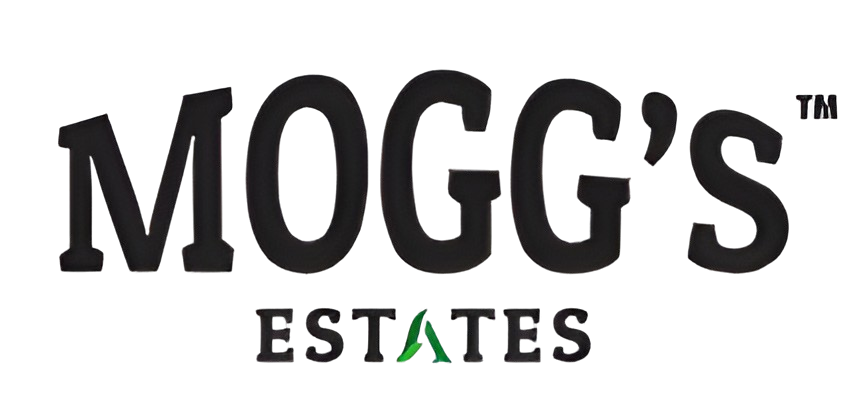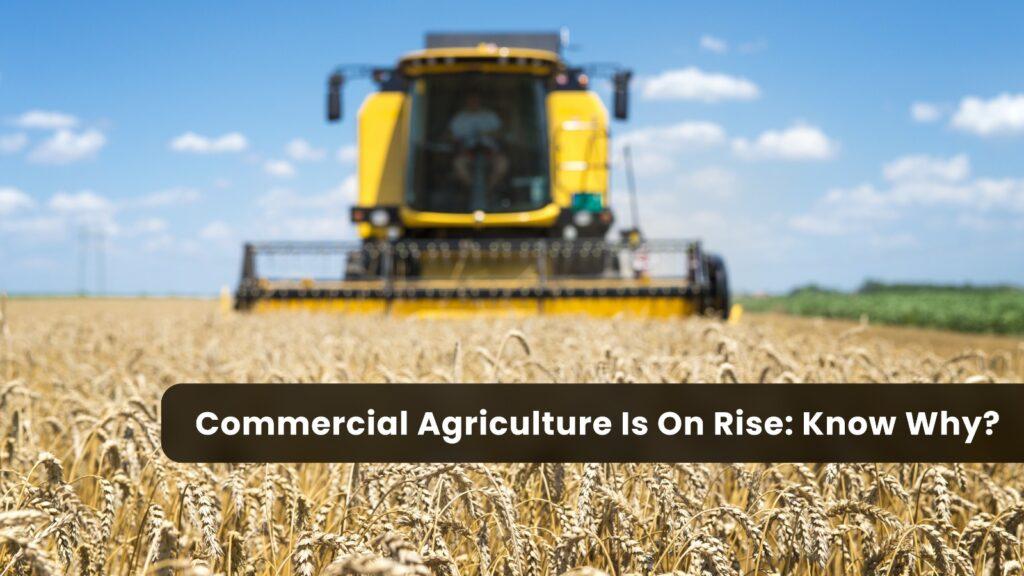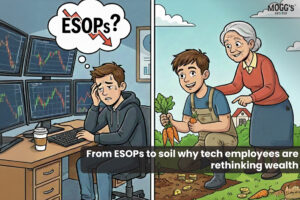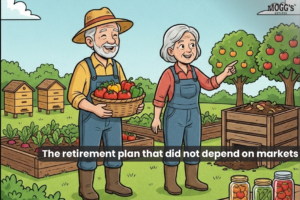Commercial agriculture has seen a spectacular recovery in recent years. Farmers and investors are veering away from traditional subsistence farming and towards commercial farming methods. This change is not merely a coincidence; it is supported by a number of elements that have altered the agricultural environment. In this blog post, we’ll examine the factors that have contributed to the growth of commercial agriculture and throw light on the technological, economic, and environmental forces underlying this seismic shift.
Economic Advantages
The economic benefits that commercial agriculture provides are among the main causes of its comeback. Large-scale operations, cutting-edge technology, and effective management define modern commercial farming practices. These elements increase yields and profitability, making commercial agriculture a desirable option for both seasoned farmers and those just entering the industry.
- Scale Economies: Scale economies allow producers to spread their fixed costs over a higher production output, which is advantageous for commercial farming. As a result, production expenses per unit are reduced, raising total profitability.
- Market Access: Contracts with distributors, merchants, and processors are frequently used in commercial agriculture to guarantee a market for the produce. This lessens the selling of agricultural products’ unpredictability, which can be a major worry for small-scale farmers.
- Financial Support: Due to their track record of producing significant returns, banks and other financial organizations are more likely to offer loans and capital to commercial agricultural operations. Due to their access to capital, farmers can make investments in cutting-edge machinery and technology.
Technological Advancements
Another important factor contributing to the rise of commercial agriculture is the quick development of agricultural technology. Farming practices have been revolutionized, becoming more effective, productive, and sustainable because to advances in machinery, crop science, and data analytics.
- Precision Agriculture: To optimize crop management, precision agriculture uses GPS technology, sensors, and data analysis. Increased yields and resource efficiency arise from farmers being able to customize their planting, irrigation, and fertilization practices to each square meter of their fields.
- Mechanization: The labor intensity of agriculture has been significantly reduced by modern farming machinery, such as tractors, combines, and drones. Commercial farmers are able to manage greater tracts of land and increase output as a result.
- Biotechnology: Crop resilience and yield potential have grown thanks to genetically modified (GM) crops and sophisticated breeding procedures. These innovations are especially helpful in commercial farming, where increasing output is crucial.
Environmental Sustainability
Many commercial farmers are adopting sustainable practices, debunking the myth that commercial agriculture is bad for the environment. Consumer demand and regulatory restrictions are both driving this shift towards ecologically friendly farming.
- Sustainable Practices: Sustainable practices, like crop rotation, decreased tillage, and integrated pest management, are being adopted by commercial farms more and more. These techniques lessen soil erosion, conserve water, and use less chemicals.
- Organic agricultural: In response to the rising demand for organic produce, some commercial farmers are switching to organic agricultural practices. Inputs from nature and soil health are given priority over synthetic chemicals in organic farming practices.
- Conservation Programmes: A lot of industrial farms take part in conservation initiatives that support biodiversity, safeguard natural ecosystems, and cut greenhouse gas emissions. These programmes support more general environmental objectives.
Global Food Demand
The need for food is rising as a result of the world’s expanding population. Commercial agriculture is in a good position to supply this expanding need because of its advantages in production and efficiency.
- Increased Population: Growing Population By 2050, it’s anticipated that there will be around 10 billion people on the planet. A considerable increase in food production is required as a result of the population change, and commercial agriculture is better able to meet this need.
- Changing Dietary Choices: As incomes rise in emerging nations, dietary choices change to include more meat, dairy, and processed food consumption. The feed crops needed for animals as well as the raw materials for food processing can be efficiently produced by commercial agriculture.
- International Trade: The effective transportation and distribution of food products is made possible by commercial agriculture’s frequent integration into international supply chains. Meeting the different dietary requirements of a global population depends on this.
Government Support and Policy Reforms
The return of commercial agriculture has been significantly influenced by government policy and assistance. Numerous governments have put reforms into place to promote investment in the industry by offering incentives and building infrastructure.
- Subsidies and Grants: Governments frequently provide financial incentives, subsidies, and grants to commercial farmers in order to promote the adoption of cutting-edge technologies and environmentally friendly practices.
- Infrastructure Development: Better roads, storage spaces, and irrigation systems make it easier to transport agricultural goods and cut down on post-harvest losses.
- Land Reforms: Land reforms have in some circumstances made it simpler for commercial farmers to acquire land that was previously fragmented or held in communal ownership.
Changing Demographics and Farm Succession
The growth of commercial agriculture has also been influenced by changes in rural demographics. Younger generations of farmers are taking over family farms or establishing new businesses as a result of their growing interest in contemporary farming techniques.
Education and Training: To acquire the information and abilities needed for commercial farming, many young farmers are seeking higher education and specialized training in agriculture.
- Technology Adoption: Younger farmers are better adapted to contemporary commercial agriculture since they are more likely to adopt new technologies and data-driven strategies.
- Business Orientation: The younger generation frequently views farming as a business, focusing on sustainability and profitability, which is consistent with the tenets of commercial farming.
Conclusion
The comeback of commercial agriculture is not just a trend; it is a seismic change that is altering the face of agriculture throughout the world. Commercial agriculture is positioned to play a crucial role in providing food security and satisfying the needs of a growing population as a result of economic benefits, technological advancements, environmental sustainability, global food demand, government backing, and changing demographics. To guarantee the long-term wellbeing of our world and its ecosystems, it is essential that this resurgence be accompanied by ethical and sustainable practices.
Considering the extensive advantages that commercial agriculture has to offer to the upcoming generation, we at Mogg’s Estates have incorporated sustainable practices such as crop rotation that reduces the impact on biodiversity caused by harmful chemicals. Not only is our aim to offer a sanctuary filled with positivity and peacefulness to our city farmers, but also allow them to make the most of the upcoming opportunity that caters to the growing population allowing them to make extensive profits from the comfort of nature.




